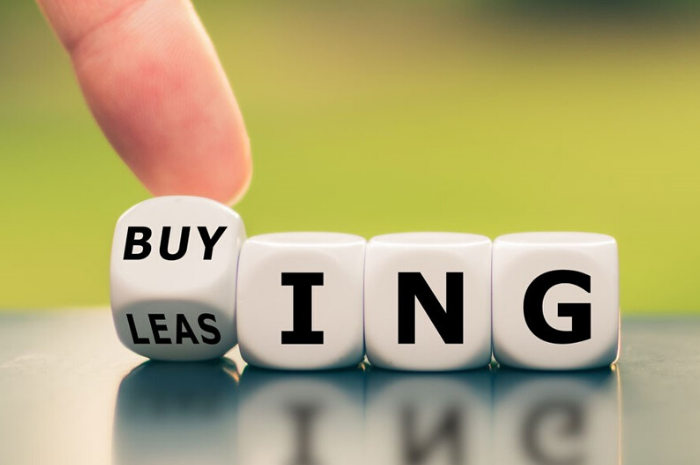Are you exploring opportunities in international markets, but not sure how to secure the financing to get your plans off the ground? A place to start is the SBA Export Loan Program.
In 2020, Minnesota businesses exported products valued at $2 billion, according to the U.S. Census. Top products include medical parts and devices, tapes and films, agricultural commodities and iron ore.
But you don’t have to be a food producer or a Fortune 500 company to access international markets. Tap into local resources, especially your community bank. Look for one with lenders in the Small Businesses Administration network. These lenders specialize in helping small businesses access low-interest capital to help them expand their business. The SBA’s Export Loan Program can provide the key to help you unlock access to new markets.
SBA Export Loan Program: How it works
The Problem:
When a small business approaches lenders, they might need to finance new equipment, materials or additional labor. Without this working capital, they can't fill orders and scale up.
Lending money outright to a small business to support Export Sales is a risky proposition for lenders. Lenders need to make sure that the foreign buyer will pay promptly, that shipping and international trade rules are followed, among other issues. Many lenders do not have a comfort level in this space and will decline loan requests. In this case, what are the options for a small business with an opportunity to start or expand its international sales?
The Solution:
The SBA lending program breaks the logjam that would otherwise stifle small business growth, filling the gap between a growing small business and lenders. To clarify, the SBA is not a direct lender to businesses, therefore not a government loan.
Here's how it works:
- The SBA provides backing to up to 90% of the loan via the federal government. (If the venture fails, the lender is protected.)
- In return, the lender lends the money where it traditionally would not be comfortable at— typically, at longer repayment terms that would traditionally be offered.
- The borrower gets better terms, so they can better compete.
SBA Export Loan Program: What are the options?
SBA offers three types of loans for small businesses that are pursuing international markets. Here’s a quick overview of what they are:
SBA Export Loan #1: Export express
Amount: Loans up to $500,000 in funding.
What is it: The SBA Export Express is the simplest and most streamlined option among the specific export products. This loan is typically approved within the lender’s authority and as such has a quicker approval process. It can be used for fixed assets or working capital that support a borrowers export sales.
SBA Export Loan #2: Export Working Capital Program (EWCP)
Amount: Grants up to $5 million in credit.
What’s it for? If you need financing for suppliers, materials and production, EWCP can give you the financing to get things into motion.
An EWCP provides a guaranty on export loans as a credit enhancement. A credit enhancement improves your credit risk profile, allowing access to better, more workable terms at less risk to the lender.
Another benefit of the EWCP is the SBA works through a network of specialists in trade finance. These specialists are part of the SBA’s Senior International Credit Officers, and they’re located in the assistance centers throughout the U.S. They’re available to answer questions and guide you through the process.
So, when do you apply for an EWCP loan? Ideally, before the final stages of a contract or sale. Having this financing can give you greater leverage when it comes to negotiating payment terms. The EWCP program allows for increased access to capital as the loan is typically supported by foreign AR with favorable advance rates.
SBA Export Loan #3: International Trade Loan Program
Amount: Maximum of $5 million.
What’s it for? The International Trade Loan Program is for small business owners entering or expanding into international markets.
But the International Trade Loan Program is best known as a tool for businesses to finance improvements that would make them more competitive against other importers.
Under the International Trade Loan Program, there are three types of loans:
- Fixed asset loan; to finance new equipment, for example.
- Working capital loans, which can be used to cover operations expenses, such as raw materials and labor.
- Debt refinancing, so you can get more favorable terms and free up more working capital to grow.
Turn to the experts in lending
If you’re looking to start, expand or rethink your export financing, turn to Minnesota’s leader in SBA Export Lending: Minnwest Bank. We also have good working relationships with local resources that can assist exporters with any of their questions or challenges.
Minnwest Bank received special recognition at the 2021 SBA Minnesota Lenders Conference for having the highest participation rate in the state as an SBA Export Lender and was named the Top Export Lender of the Year. This is the third time in the last 4 years we have received this honor.
At Minnwest, our dedication to the success of our communities is a core value. That’s why we’ve invested our resources into SBA lending. This isn’t just a tool for our local entrepreneurs to take their business to the next level. We’re sharing our expertise and insights, so our independent businesses get access to the same resources they’d find at a big bank. You can count on expert advice and guidance from our experienced team, along with competitive rates and flexible financing terms that fit your business's needs!
Interested in learning about the SBA Export Loan Program? Get in touch with an SBA-approved lender at Minnwest Bank.


